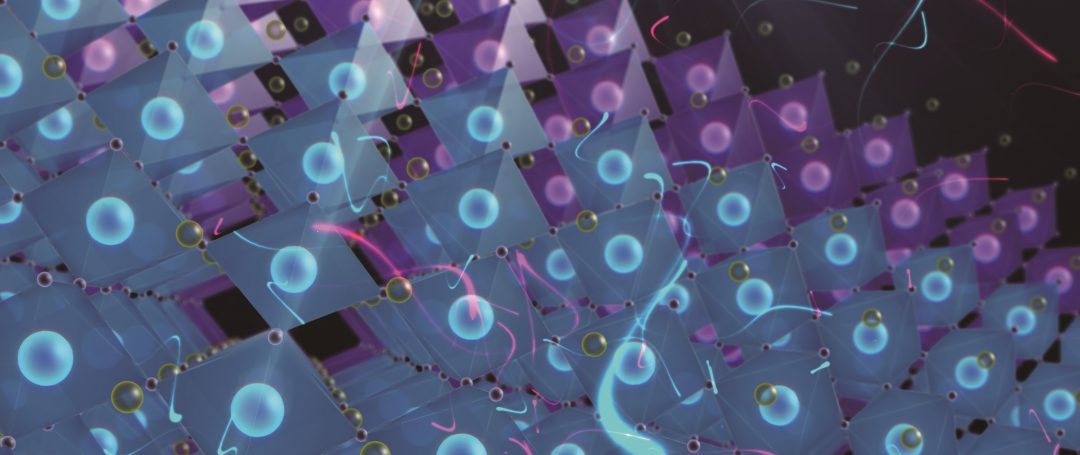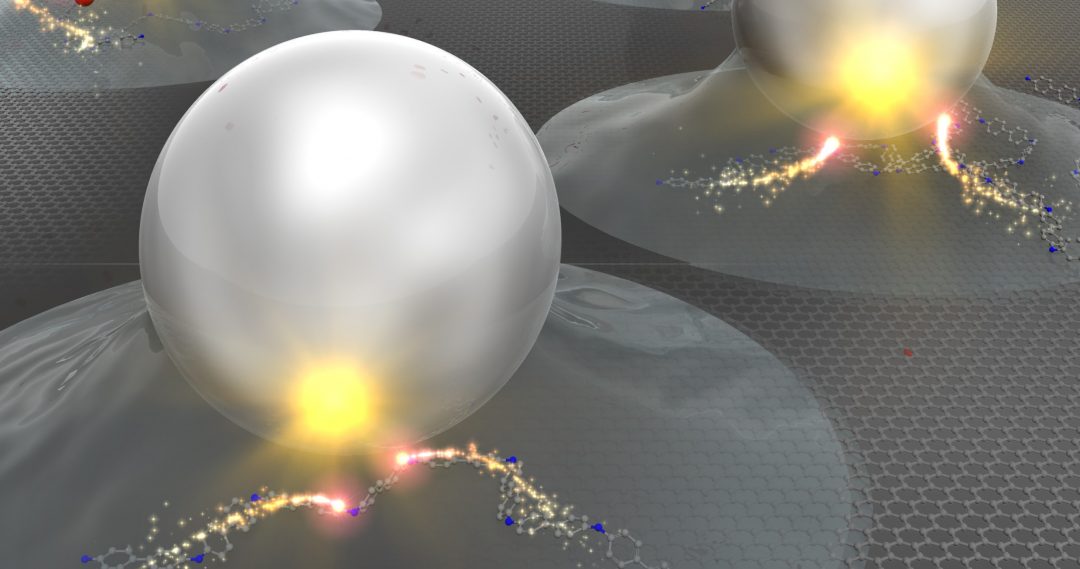The dissolution problem for manganese dioxide-based cathodes in zinc-based batteries has been solved, and fully knittable zinc–air batteries have been designed that can be incorporated into regular clothing to power portable devices.



The dissolution problem for manganese dioxide-based cathodes in zinc-based batteries has been solved, and fully knittable zinc–air batteries have been designed that can be incorporated into regular clothing to power portable devices.

A wearable soft microfluidic device with sequentially filling reservoirs can collect, store, and analyze sweat in situ from almost any part of the body.

Artificial intelligence is used to analyze the parameters for creating self-cleaning, superhydrophobic surfaces, and to generate a model for optimizing the experimental conditions.

Graphene sensors with high-resolution features are produced on flexible tapes for wearable electronics via a simplified drop-cast-and-transfer process.

Replicating the hollow structure of polar bear hairs allows an insulating material to provide thermal management with stealth applications.

Smart windows switch between transparent and opaque states based on environmental cues. Researchers reveal a prototype that exploits plasmons, converting incident sunlight into local thermal energy to trigger the switch.

Electronic structure calculations on twenty-three different transition metals illuminate the optimum dopant choices to improve electron mobility in oxide perovskite heterostructures.

What’s new in hydrogen production? Sustainable energy is a hot topic, and these snapshots will update you on what materials are being optimised right now for the HER.

Capacitive pressure sensors created from silica nanoparticles dispersed in a dielectric polymer matrix force a rethink of device design.

A recent Excellence in Energy report reviews the preparation, characterization, and testing of heterogeneous single-atom catalysts.